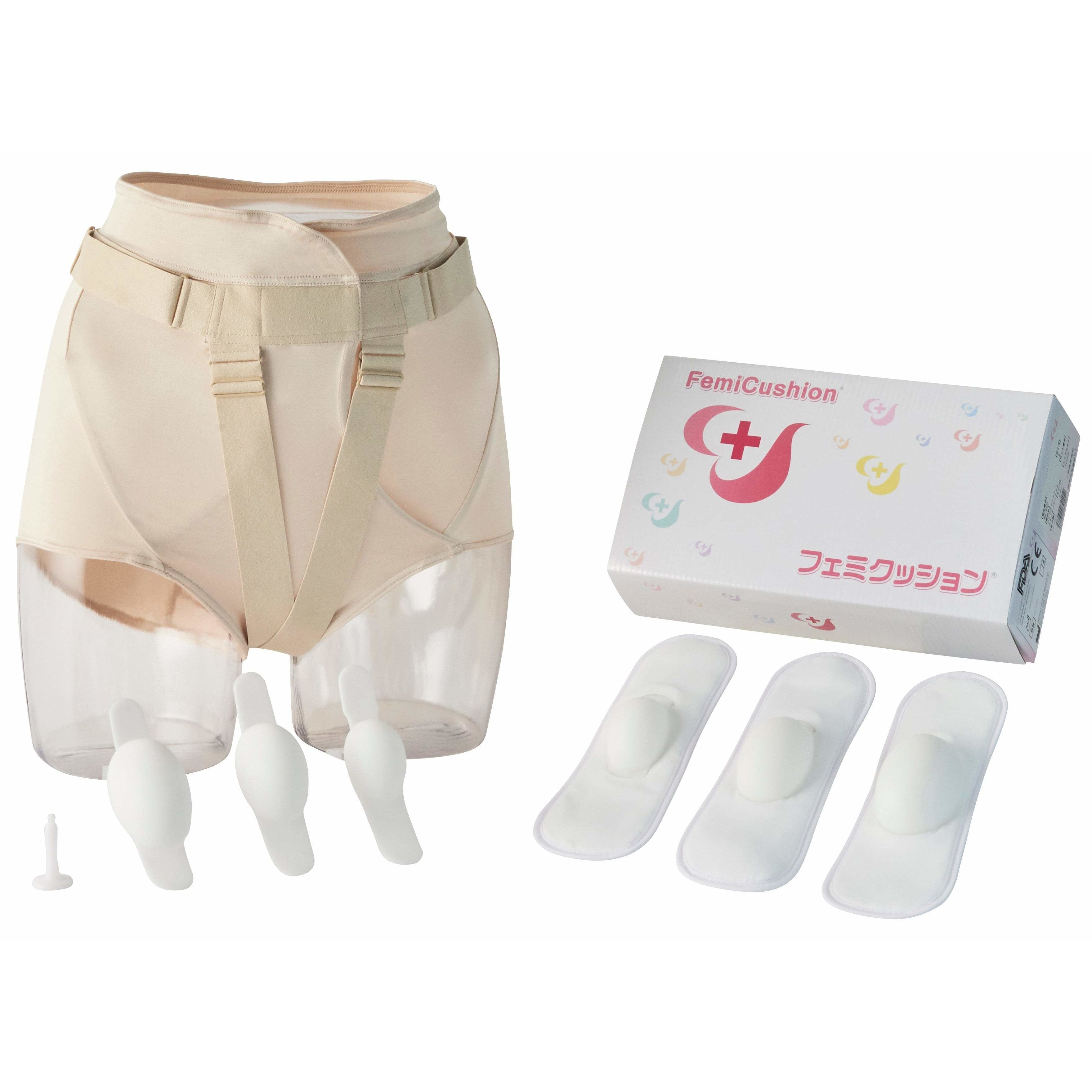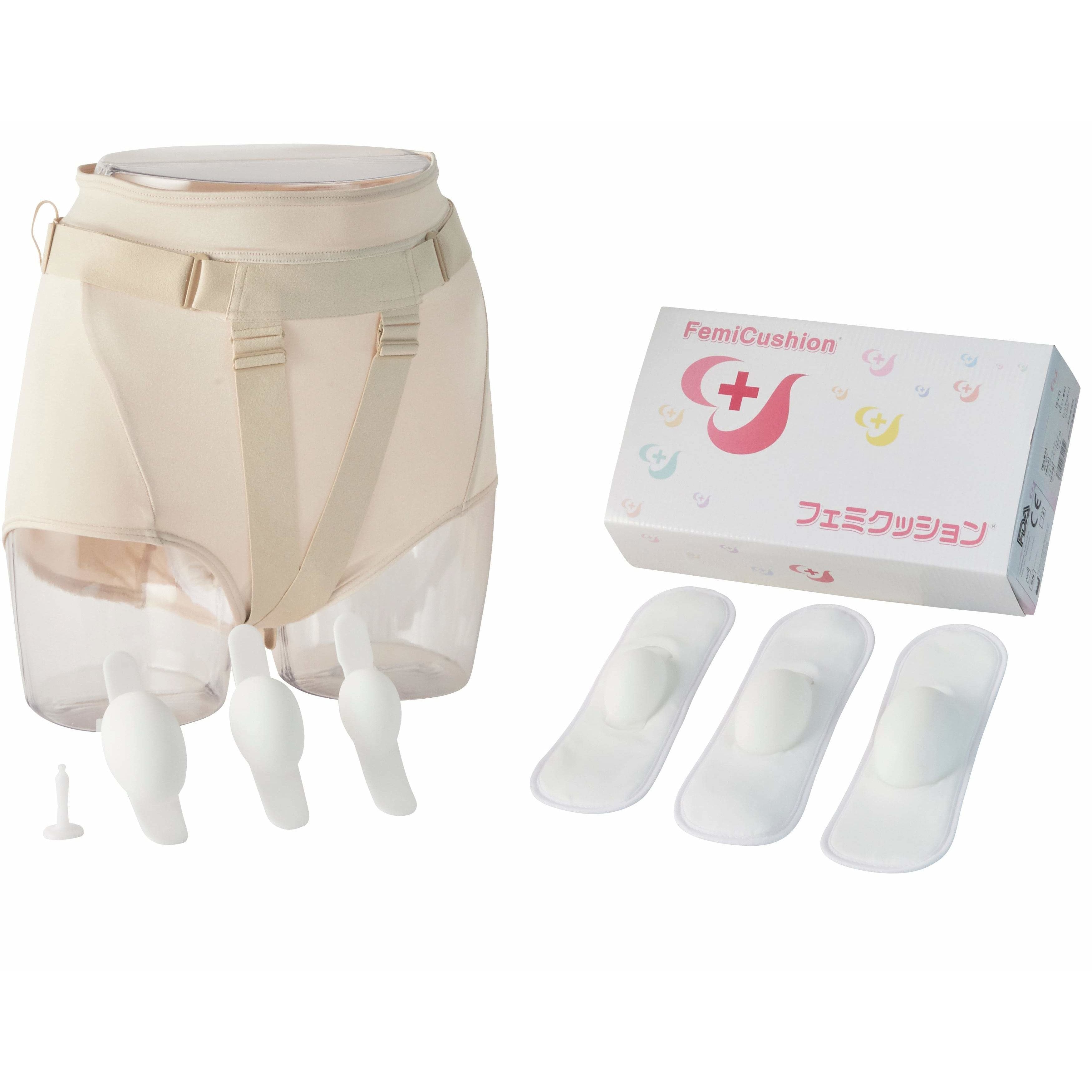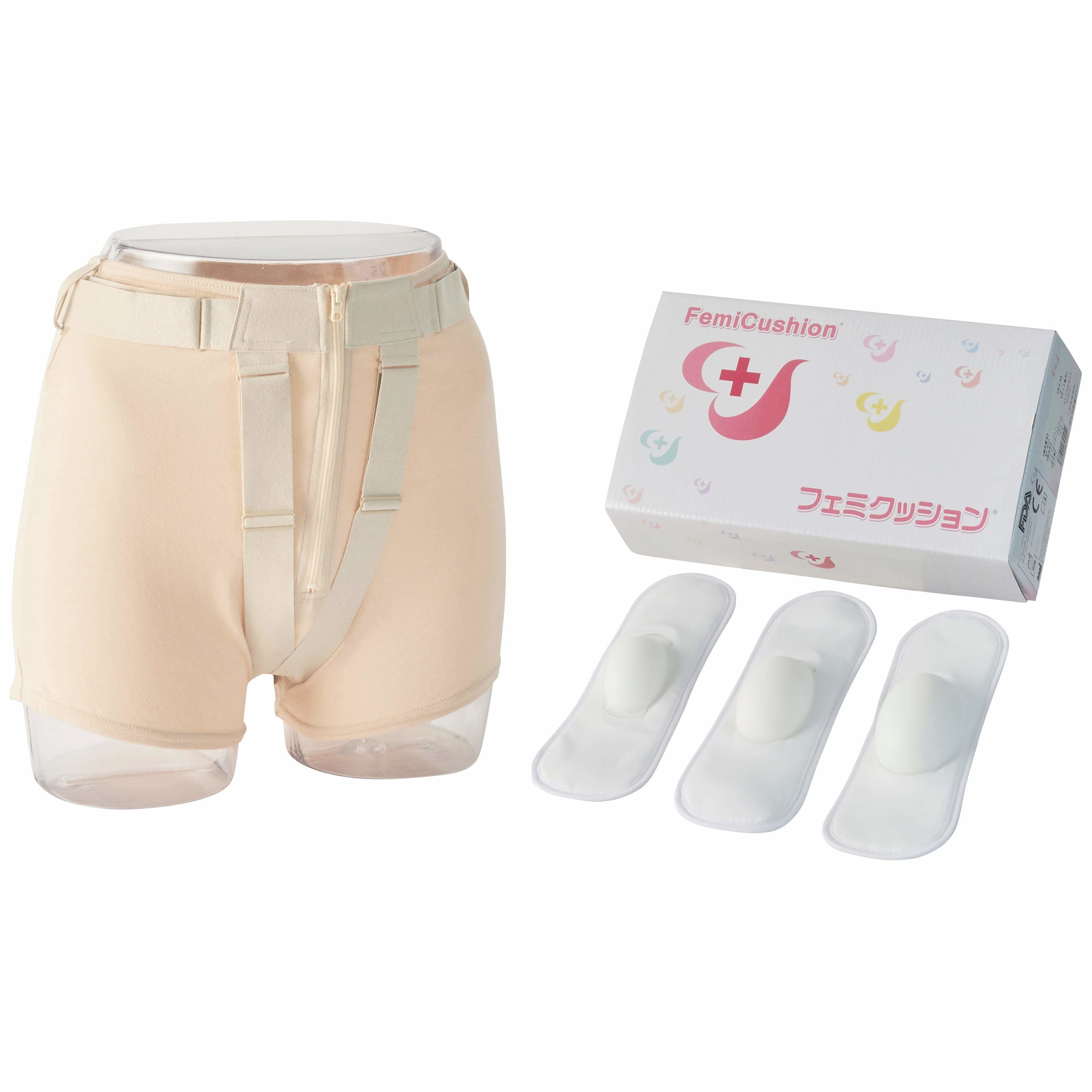Hysterectomy Risks & Benefits
Summary
Table of Contents

Many women deal with uterus problems. Some women experience discomfort or pain related to menstruation but, for others, the pain and other symptoms are worse. Although a hysterectomy isn’t usually recommended as a first treatment for pain or excessive bleeding, it can be a practical solution.
If you are considering a hysterectomy as a way to prevent or manage a health condition, you might wonder what to expect. What are the hysterectomy risks and benefits? Can you get pregnant after a hysterectomy? This information can help you explore your options and make an educated decision with your doctor.
Hysterectomy Basics
A hysterectomy is a relatively common surgical procedure in which a surgeon removes at least part of the uterus. A hysterectomy may be part of a treatment plan for several conditions, such as:
- Uterine Fibroids
- Endometriosis
- Uterine Prolapse
- Cancer
- Pelvic Inflammatory Disease
In most cases, doctors may recommend a hysterectomy if other treatments have failed to control symptoms. After a hysterectomy, patients cannot carry a pregnancy. Younger patients, especially those who hope to have children, may want to try other methods to address the problem first.
Types of Hysterectomies
Although all hysterectomy surgeries involve removal of the uterus, there are different types you should know. Doctors often recommend specific surgeries depending on the patient’s condition and preferences. For example, uterine cancer might require a different surgery than treatment for uterine fibroids.
Hysterectomy surgeries include:
- Partial: Removal of the uterus, leaving the cervix intact
- Total: Removal of the uterus and cervix
- Radical: Removal of the uterus, cervix, part of the vagina, and other tissue
- Oophorectomy: Removal of the ovaries and possibly the fallopian tubes, which a surgeon may perform with the hysterectomy
Surgeons may use a variety of techniques for the surgery, also depending on several factors. It is possible to have the surgery through the vaginal canal; as a laparoscopic surgery of small incisions through the abdomen; or as an open surgery across the abdomen. The first two are generally associated with a shorter recovery, as a larger incision may create more pain and take longer to heal.
Risks of a Hysterectomy
Like any other surgical procedure, hysterectomy carries several possible risks:
- Pain around the incision
- Infection
- Damage to the bowel, bladder or other organs near the uterus
- Time to recover, which can often take 6 to 8 weeks
- Early menopause for patients who have an oophorectomy
- Anxiety or depression, which is more likely for women who wanted to carry a pregnancy
However, these risks are unusual, particularly with good care and plenty of rest after surgery. If you give yourself at least a week or two to rest, take your pain medications and follow the surgeon’s instructions, you are less likely to encounter complications.
Although patients cannot carry a normal pregnancy after a hysterectomy, they may still be able to conceive. If the surgery does not include removal of the ovaries or fallopian tubes, an ectopic pregnancy is a rare but not impossible scenario.
An ectopic pregnancy is a serious condition that requires immediate treatment. As such, patients who have a hysterectomy without oophorectomy may need to discuss contraception options with their doctors.
Benefits of a Hysterectomy
In most cases, patients who have a hysterectomy say that the surgery improved their symptoms. Given that the uterus can be the site of several painful conditions, removing it can eliminate those symptoms immediately. Patients often report several hysterectomy benefits, including:
- Loss of painful periods and cramping
- Decrease in other chronic pain symptoms
- Improved mental health that goes along with fewer symptoms
- Removal of cancerous tissue, decreasing the risk of further complications
Generally, a hysterectomy does not affect sexual function once healing is complete and may improve it in certain situations. Some conditions that lead to a hysterectomy — such as endometriosis or uterine prolapse — can make sexual activities less comfortable. By removing the cause of the problem, many women say that sex is easier or more comfortable. Results depend on the patient and the type of surgery, so it’s important to ask your doctor for more information.
When you visit your doctor to talk about your symptoms, it is a good idea to consider your options. Sometimes, doctors recommend a hysterectomy as a way to treat certain uterine conditions.
However, FemiCushion is a non-invasive treatment approach that helps patients manage the effects of pelvic organ prolapse. Shop our products to see various options. View our frequently asked questions to learn more, and contact us for more information or assistance.
Supervising Doctor of This Article

Koichi Nagao, MD PhD
Professor, Department of Urology, Toho University Faculty of Medicine
Director of Urinary tract reconstruction center, Toho University Omori Medical Center
Director of Reproduction Center, Toho University Omori Medical Center
Professor Nagao specializes in plastic surgery in the field of reproductive medicine. He completed eight years of plastic surgery training at Showa University before majoring in urology at Toho University. With his meticulous surgical techniques and careful examinations that combines urology and plastic surgery, Professor Nagao became a Board Certified Specialist with multiple associations including the Japanese Urological Association, the Japan Society for Reproductive Medicine, and the Japanese Society for Sexual Medicine.
The suggested Products

Kit FemiCushion EasyOpen Deluxe
$299.99

FemiCushion Standard Deluxe Kit
$299.99

Conjunto de FemiCushion Lite
$249.99
